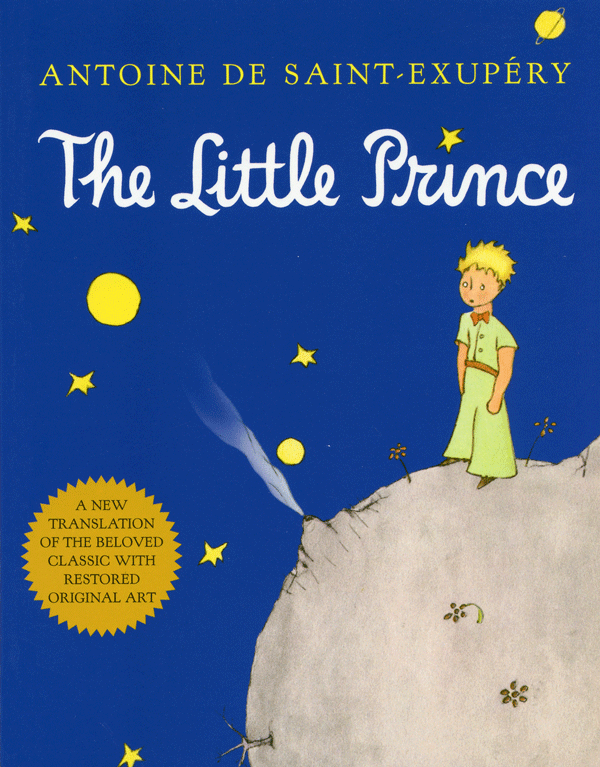Le Petit Prince: A Critical View Through a Child’s Eyes
December 18, 2019
The Little Prince aired on Netflix in 2015 and immediately captured praise from its viewers. It earned 7.7 out of 10 stars on IMDB and attained worldwide attention from critics. In France it earned a César Award and in the United States it earned an Annie award.
However, it would be a terrible mistake to overlook the novella that inspired the film, Le Petit Prince (The Little Prince) by Antoine de Saint-Exupéry.
Originally published in 1943, the novella begins with the narrator telling the story of a young boy, himself, who creates two drawings he considers masterpieces. The drawings do not receive the credit they deserve by those he shows them to. The adults don’t really “see” what the boy has drawn in the first piece, nor do they embrace his second one, which is an attempt to reveal to them what they have missed.
The adults simply advise the young artist to apply himself to more important subjects of study. Annoyed at first, the boy heeds their advice and, at only 6 years old, gives up his dream of being a “magnificent” artist to settle for a more traditional job as a pilot.
The story then jumps forward and the boy, now a pilot, has crash landed in the heart of the Sahara Desert. With him he brings a new, respectable knowledge of geography – he can distinguish even China from Arizona, “which is very useful if you get lost during the night,” he sarcastically brags later in life. In the desert, he meets a perceptive, golden-haired child from asteroid B-612 who never lets a question go. This is the little prince.
The story’s poetic tale then carries the reader alongside the narrator as the child prince recounts the story of what happened to his small asteroid-planet that forced him to leave, the people he met on his journey, and how he too ended up in the desert.
The novella adopts the appearance of a children’s story but subtly addresses the depressing realities of many adults’ and teenagers’ lives. Pressing topics such as the role responsibility plays in any meaningful relationship and the dangers of a monotonous life are all brought to light through the eyes of innocents. For instance, on one of the planets, the little prince encounters a lamplighter who puts the lamp on his planet out in the morning and lights it after dark because “orders are orders.” While this in itself does not appear too complicated or pitiful, the planet spins faster and faster every day and the lamplighter has to adjust.
Ultimately, he must light and put the lamp out every sixty seconds to compensate for how short the days have become. Additionally, the person who actually gave him these orders is never even brought up. “Orders are orders” is his sole purpose for dedicating his life to such a job. On another planet, the little prince meets a man who is all alone and who, through pathetic sobs, tells the child that he drinks to forget that he is ashamed of drinking. “Grown-ups are certainly very, very strange” the little prince reflects.
The little prince is an easy character to fall in love with because he personifies innocence and wonder, two elements that adults often forget to embrace. He balances the draining aspects illustrated in the story with sincerity, purity, and altruism that develop throughout the tale. He embodies the important parts of life that so many people lose sight of for one reason or another.
To write such a revealing story off as just a children’s book would be to neglect its underlying messages about life and love. It would focus solely on the colorful pictures and the book’s short length when the importance of it is what you can not see.













































